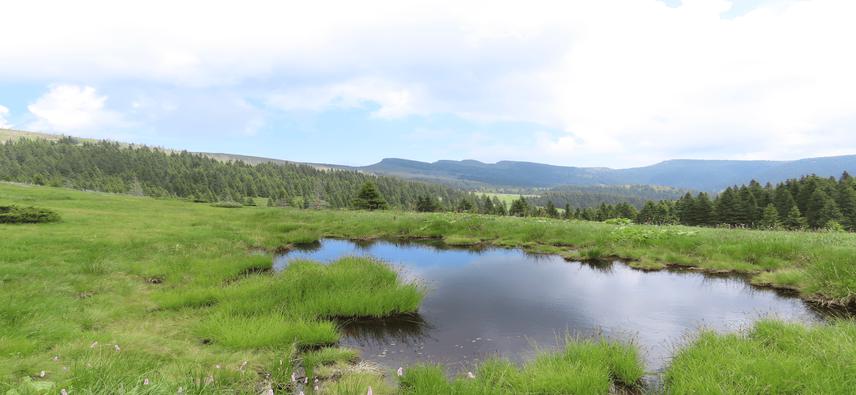Milan Ilić
Other projects
26 May 2020
Impact of Fires on Threatened Butterfly Species in South-Eastern Serbia and Rising Capacity for Biodiversity Conservation
20 Jan 2022
Monitoring Program Establishment on Endangered Species Affected by Wildfires in Serbian Protected Natural Areas
During the implementation of Small Grant projects, we studied in more detail the impact of wildfires occurring more frequently on the territory of protected areas in Serbia. In that time period, we confirmed that Lycaena helle, a relict species for the Balkan Peninsula (present only in Serbia and Bulgaria, on Stara Planina Mt.), has disappeared in our country from two out of only a few localities during wildfires in 2019. Therefore, we conducted a detailed marking study of this species in order to establish the seasonal abundance species in localities where that species occurred in the highest abundance before. The conclusions we came by led us to continue research and learn more about the distribution and relative abundance of this relict and endangered species in order to ensure its preservation in future.

Secondly, wildfires in protected areas in the last decade represent an increasingly frequent problem in our country and cause great damage to particularly endangered, rare and endemic species. During previous projects we had the opportunity to deal with the consequences of the wildfires on the example of L. helle, which completely disappeared from the fire-affected localities in 2019. Therefore, within this project we want to create a freely available manual "Protected areas - Dealing with fires", which can significantly facilitate the management and implementation of adequate protection measures in times of crisis, such as wildfires. The manual will contain an overview of previous fires on the territory of the protected areas in Serbia (based on literature data), examples of good practice both in Serbia and in the region, a proposal for preventive protection measures, etc. In this way, managers of especially small, protected areas that do not have clearly defined protection measures receive a prepared protocol that they can adhere to in order to react as early as possible in case of catastrophic situations. Thus, we are strengthening cooperation with a larger number of protected areas managers so we can work together on the protection of its natural values!